Margin lending and Savings Accounts
If you have limited capital, margin lending can help you leverage the holdings you already have so you have a greater earning potential. However, with that extra earning potential comes a lot of extra risk.
Another thing to keep in mind is earning interest by being on the other side of margin trading and being a margin lender.
What is Margin Lending
Margin trading is when you borrow money/cryptocurrency from a lender on the same exchange, with your holdings held as collateral for your loan. Borrowers of margin loans are able to invest or trade their loans. This requires a certain amount of knowledge, as both risks and return potential increase with margin lending.
For example you have $1000 worth of Bitcoin and the price is $10,000. So you have .1 BTC. If the price goes up 10% to $11,000, your holdings are now worth $1100.
Now, let's say you margin trade and borrow $500 against your $1000 in Bitcoin and buy more bitcoin. So you now have .15 BTC. If the price goes up 10% to $11,000, your holdings are now worth $1650. Once you pay back your $500 loan your holdings are now worth $1150. So you earned 50% more on the same amount of original money.
Caution: If you’re either planning on taking out a margin loan without fully understanding what it is especially the risks that come with it, ❌ don't take out a margin loan! Finish reading this article and further educate yourself on the topic or you will more than likely learn margin lending the hard way.
How Margin Lending works
Margin lending is enabled by exchanges, and is a market connecting (a)those that want to borrow cryptocurrency and increase exposure, with (b)those that have exposure but want to “earn interest on their holdings.” The exchange is able to help borrowers create a worthwhile lending proposition by enabling them to use their assets, like shares, coins, etc. as collateral.
Exchanges allow different ratios of margin lending anywhere from 1x-100x. If at any point a borrower's loan is not covered by more than the margin limit all of their will be liquidated in a market sell order to make sure the lender receives their full 100% lent out back. To calculate the limit, lenders use what is known as the (LVR) or Loan to Value Ratio. The formula is, ”loan amount / total value of portfolio = (LVR) Loan to Value Ratio.” The usual limit is 70% but you can adjust this by comparing it to other loans listed in a platform that you’re using.
Loan to Value Ratio or (LVR)
Here’s an example. Dale has bought various coins and has been trading with them and now has $100,000 total portfolio value. He borrows $60,000 on his exchange when the collateral limit 70%. As he borrows more against that initial 100k his LVR goes up. If it goes above 70% the exchange will market sell all of his assets. Also his ratio also goes up if the market value of his funds goes down. So Dale has 2 variables to watch closely.
|
Loan amount / Total value of portfolio = (LVR) Loan to Value Ratio |
|---|
Margin Call
What happens if the total value goes below the maximum LVR? This is called a “margin call” and in cryptocurrency there is no call, it's in the agreement that your funds are sold on the market until your ratio is below the margin call limit.
In the diagram above you can see the 2 ways to cover a margin call. Either lower your loan amount, or increase your collateral. When you are liquidated or margin called (same thing) your loan is sold without your input.
Margin Lending Risks
Margin lending is a very low risk type of lending for the lender, which gives it a high potential of increase. Most of the risks fall on the borrowers, and it usually involves the lender or can be controlled by the lender. For example, when a margin call is made and you are not able to contact the borrower to negotiate. Or if you suddenly need to to lower the maximum LVR on one of the borrower’s investments.
Lenders can even force the borrowers to sell a part of the investment to meet a margin call. Can also force them to pay out their loan, or can just sell the shares, if the lender thinks the investment is not valuable enough anymore to serve as a security.
Not to mention the usual risk of the market falling and sometimes low enough where the borrower ends up owing more than the original investment, and will have no choice but to give up his/her assets. This is not an attractive type of loan for borrowers to take, due to the high risks that it entails. Therefore, if you plan to lend, offers you post in a platform or an exchange should be a considerate, enticing or reasonable enough for borrowers to take.
Risk Management Tips (Borrowers)
Have funds ready for margin calls
Cryptocurrency prices can change very quickly. Have some extra funds ready on an exchange or wallet so you can quickly deposit and cover if volatility hits. Or better yet over-collateralize so you don’t get margin called even if there is volatility.
Conservative Loan Amount
Depending on your skill set, with cryptocurrency I would never borrow more than 50% of your collateral. So take that for what it's worth.
Diversify
This is for both the lender and the borrower. As the old saying goes, “Don’t keep your eggs in the same basket.” Diversification is a strategy that has been tested and proven to work over the years and is backed up by significant amount of data. If your investments are spread out across different asset classes, you can surf the wave of market price changes. Even if some assets completely fails, it is highly unlikely that asset classes would all fall. Be especially careful in cryptocurrency though as cryptocurrency has a history of very high correlation between different coins.
Religiously check you LVR
This is extremely helpful, to keep your head in the game, to stay updated, because your investments are used as security, you need to make sure that it would still be valuable enough and easy to sell in case the market goes the opposite direction to what you were hoping for.
Pay loan interest proactively
Most of the time interest is automatically taken out, but keep an eye on it as borrowing rates can be as volatile as prices themselves.
Shop around for the best loan offers
This part is self explanatory. Shop around. There are a lot of places for you to participate in Margin Lending. Here’s a good list > Top Margin Lending Sites
Learn great tips in our HTML blog about web development. Learn how to implement useful features for your website!
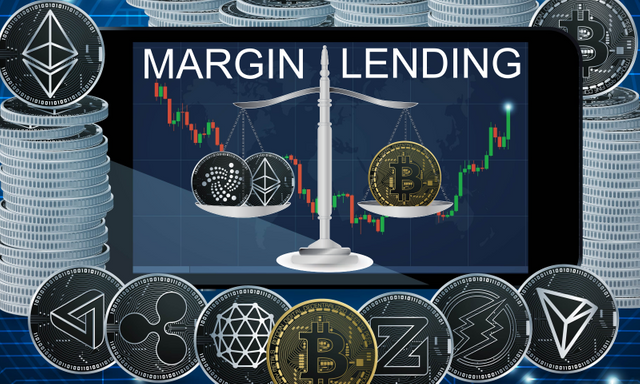
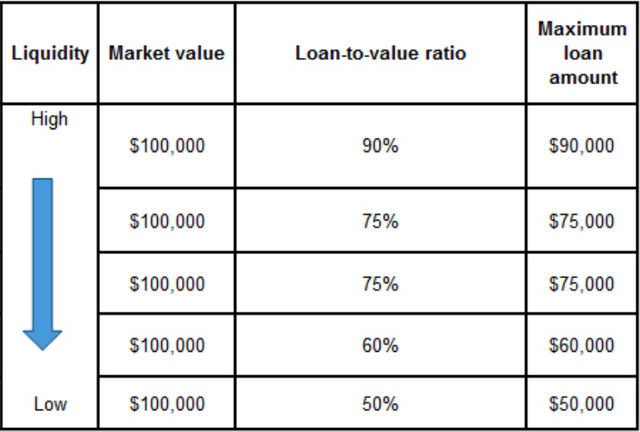
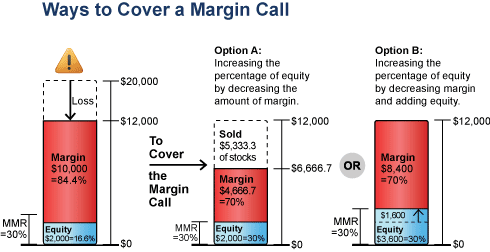
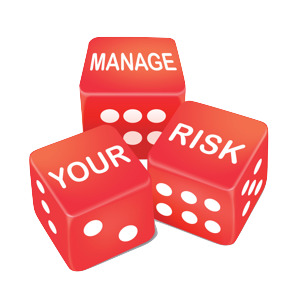
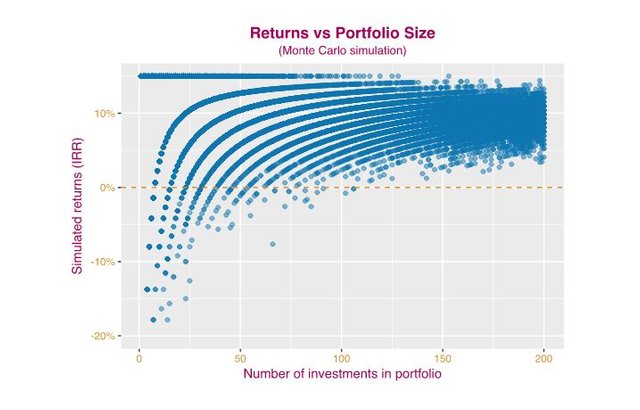
Congratulations @cryptoroi! You have completed the following achievement on the Steem blockchain and have been rewarded with new badge(s) :
Click here to view your Board of Honor
If you no longer want to receive notifications, reply to this comment with the word
STOP